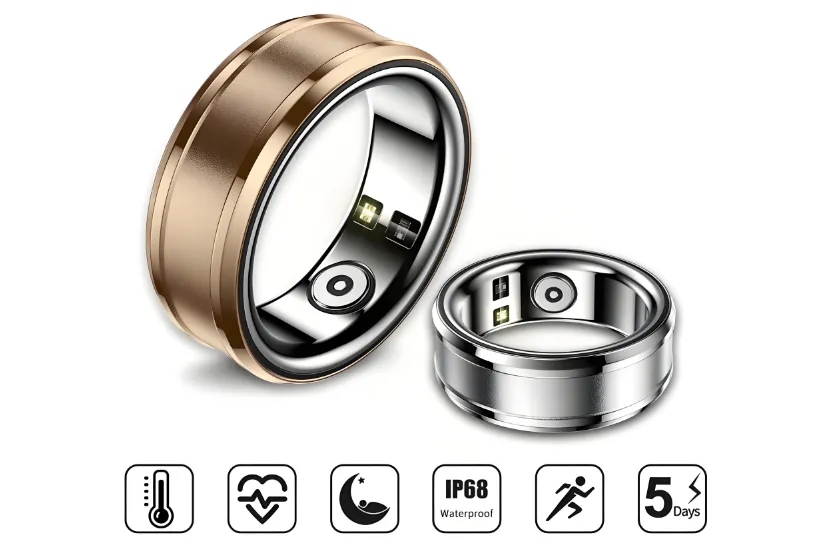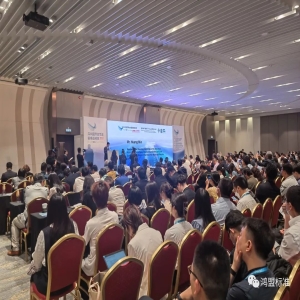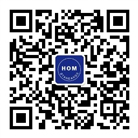

This wearable product is a smart health ring with functions such as blood pressure, blood oxygen, heart rate monitoring, sleep monitoring, body temperature monitoring, etc. It falls under the category of medical devices and requires registration approval from the National Medical Products Administration (NMPA) for market entry in China, FDA approval for the US market, and CE certification through an NB body followed by registration and filing for the European market.

Below is an overview of the FDA registration process for such smart rings:
I. Determine Product Classification
The FDA classification of smart wearable products depends on their functions:
Class I: Low-risk devices (e.g., ordinary fitness trackers).
Class II: Moderate-risk devices (e.g., products with medical functions such as heart rate and blood oxygen monitoring).
Class III: High-risk devices (e.g., devices used for life support or diagnosis, which smart wearables typically do not involve).
Steps:
Determine the intended use and indications for use of the product.
Search the FDA's Product Classification database for the corresponding product classification code and regulation number.
II. Determine Registration Pathway
Based on the product classification, select the appropriate registration pathway:
510(k) Premarket Notification: Applicable to most Class II devices, requiring demonstration of substantial equivalence to a legally marketed predicate device.
De Novo Application: Applicable to novel Class I or Class II devices for which no predicate device is available for comparison.
PMA (Premarket Approval): Applicable to Class III devices, which smart wearables typically do not involve.
Step 1:
Determine whether a 510(k) or De Novo application is required.
Prepare corresponding technical documents and test data.
Establish a Quality Management System (QMS).
FDA requires medical device manufacturers to comply with 21 CFR Part 820 (Quality System Regulation, QSR), also known as Good Manufacturing Practices (GMP).
Step 2:
Establish a QMS that meets FDA requirements.
Ensure that design control, production processes, supplier management, document control, and other aspects comply with GMP requirements.
Prepare technical documents, which are the core of FDA registration and must include:
Product Description: Including functions, intended use, indications, technical specifications, etc.
Performance Test Reports: Including electrical safety, electromagnetic compatibility (EMC), biocompatibility (if applicable), etc.
Software Verification and Validation: If the product contains software, software requirements specifications, verification test reports, etc., are required.
Clinical Data (if applicable): If clinical data is required to support the product, clinical trial reports must be provided.
Labels and Instructions: Including product labels, user manuals, packaging labels, etc., which must comply with 21 CFR Part 801 requirements.
Testing Standards:
| Region | Item | Standard |
|---|---|---|
| USA | Safety | IEC 60601-1:2005/AMD2:2020, IEC 60601-1-11:2015/AMD1:2020, IEC 60601-1-8:2006/AMD2:2020 |
| USA | EMC | IEC 60601-1-2:2014/AMD1:2020 |
| USA | Performance (Dedicated Standards) | Body Temperature: EN ISO 80601-2-56:2017/AMD1:2018; Blood Pressure: IEC 80601-2-30:2018; ECG: IEC 60601-2-47:2012/EN 60601-2-47:2015; Blood Oxygen: ISO 80601-2-61:2017/EN ISO 80601-1-61:2019 |
| USA | Biocompatibility | EN ISO 10993-23:2021 |
| USA | Cleaning, Disinfection, Sterilization | AAMI TIR12:2020, AAMI ST98:2022, ISO 15883-5:2021, ISO 15883-6:2011 |
| USA | Cybersecurity |
Clinical Evaluation: For blood pressure, blood oxygen, body temperature modules, atrial fibrillation, respiratory rate, etc., clinical accuracy verification is required to demonstrate the product's safety, effectiveness, and accuracy.
III. Submit 510(k) Application
If the product requires a 510(k) application, complete the following steps:
Fill out FDA forms, including the 510(k) application form (Form 3654).
Prepare a 510(k) summary outlining the product's technical characteristics, test results, and substantial equivalence analysis.
Submit the application via FDA's electronic submission portals (eSubmitter or CDRH Portal).
Pay the fee according to FDA's fee schedule (standard fee in 2023 is approximately $19,870).
IV. FDA Review
FDA will review the submitted 510(k) application, which typically takes around 90 days:
Initial Review: FDA confirms the completeness of the application files.
Technical Review: FDA reviews technical documents, test data, and substantial equivalence analysis.
Feedback and Supplementation: If FDA identifies issues, it will issue a Deficiency Letter, and supplemental materials must be provided within the specified time frame.
V. Obtain FDA Approval
If the 510(k) application is approved, FDA will issue a 510(k) Clearance Letter, allowing the product to be marketed in the US.
If the application is rejected, modifications based on FDA feedback are required before resubmission.
VI. Establishment Registration and Device Listing
After obtaining 510(k) approval, complete the following steps:
Establishment Registration: Register the establishment through FDA's FURLS system to obtain an Establishment Registration Number.
Device Listing: List the product in the FDA system to obtain a Device Listing Number.
Annual Update: Update establishment registration and device listing information annually.
VII. Post-Market Surveillance
After the product is marketed, comply with FDA's post-market surveillance requirements:
Medical Device Reporting (MDR): Report product-related adverse events according to 21 CFR Part 803.
Recall Management: If the product has issues, recall it as per FDA requirements.
Periodic Audits: FDA may conduct on-site audits to ensure compliance with GMP requirements.
VIII. Other Considerations
Unique Device Identifier (UDI): Medical devices must bear a UDI code and be registered in the GUDID database as per FDA requirements.
Cybersecurity: If the product involves data transmission or storage, it must comply with FDA's cybersecurity guidelines.
Label and Advertising Compliance: Ensure that product labels and advertising content comply with FDA requirements to avoid false or misleading claims.
Summary: FDA Registration Process for Smart Wearable Products
Determine product classification (Class I/II/III).
Select registration pathway (510(k)/De Novo/PMA).
Establish a Quality Management System (QMS/GMP).
Prepare technical documents (product description, test reports, software verification, etc.).
Submit a 510(k) application (including forms, summaries, fees).
Undergo FDA review (typically 90 days).
Obtain FDA approval (510(k) Clearance Letter).
Complete establishment registration and device listing (FURLS system).
Comply with post-market surveillance requirements (MDR, recalls, periodic audits).
By following these steps, you can successfully complete the FDA registration of smart wearable products and enter the US market.
For further support, consider consulting a professional FDA registration consultant.
HOM Medical Association, based on the actual situation of the enterprise, plans the entire registration pathway, facilitates team collaboration, prepares registration materials, establishes systems, and conducts registration testing simultaneously. It also organizes the clinical data required in parallel, establishes contact with research institutions, and is ready to initiate clinical accuracy validation once the testing report is completed. The registration is submitted concurrently, and the organization undergoes on-site assessments, completes the supplementary materials, obtains registration, and finishes the entire registration project. This approach shortens the entire registration process.
鸿盟医学
医疗器械全球注册咨询、医疗器械临床试验、医疗器械质量管理体系(ISO13485/GMP/QSR)、医疗器械可用性研究、
医疗器械法规培训众多的专业技术服务咨询机构
微信号:hom_medical、18018710006 联系电话:18018716006
 鸿盟标准技术(深圳有限公司)
鸿盟标准技术(深圳有限公司)




